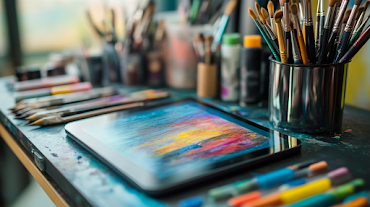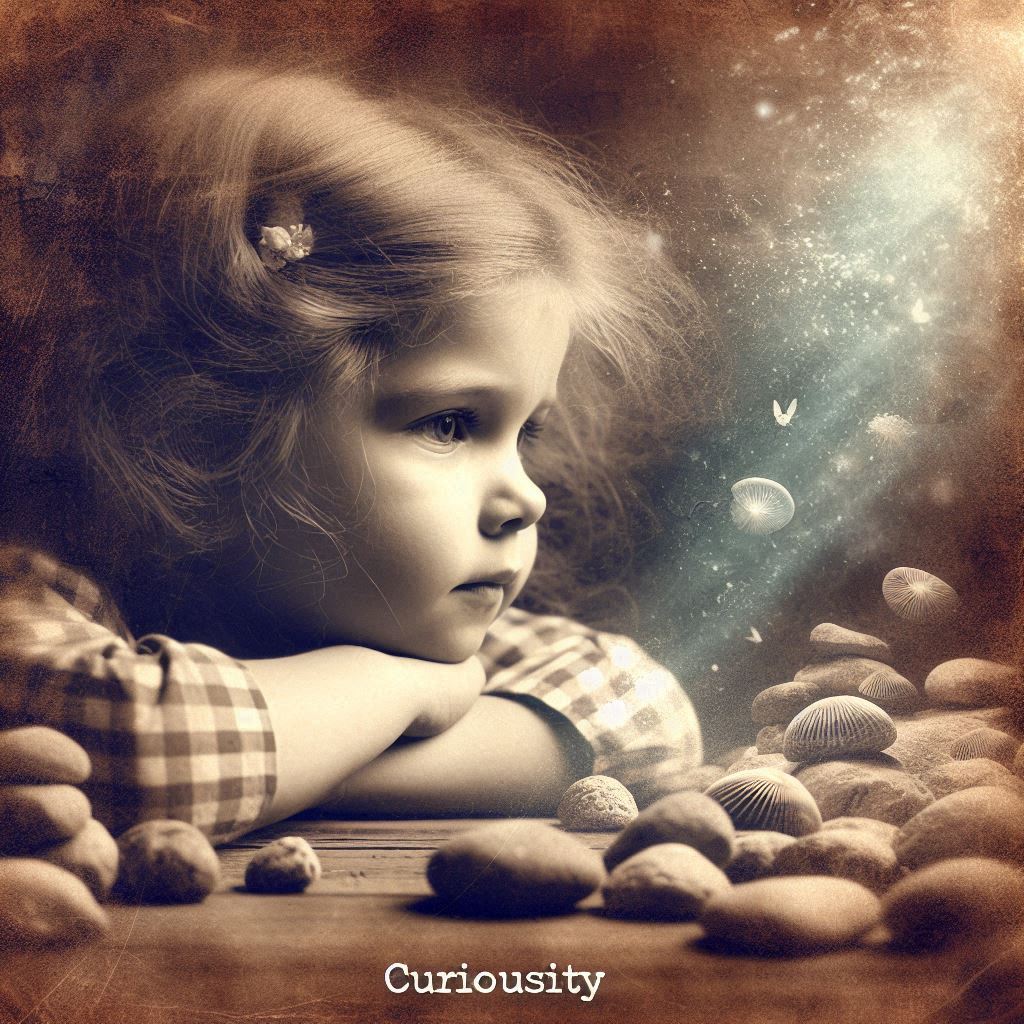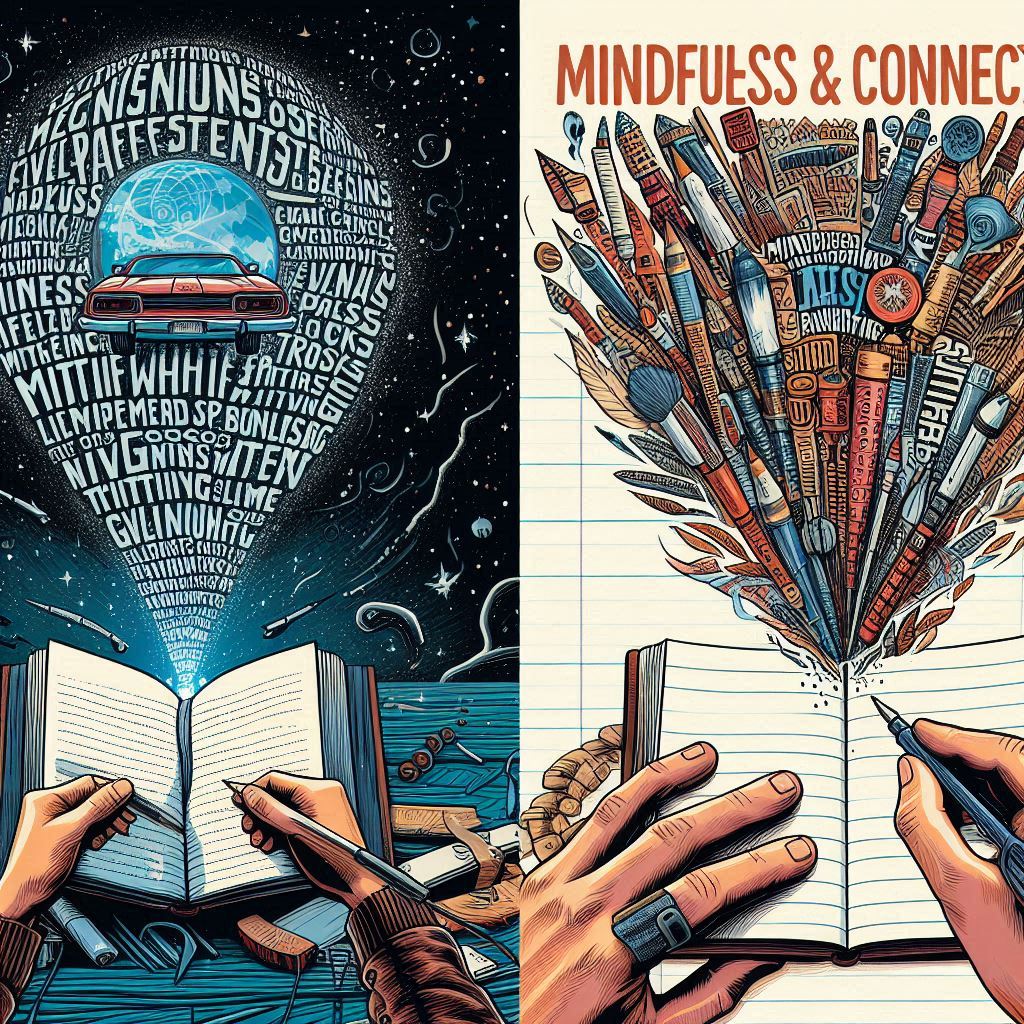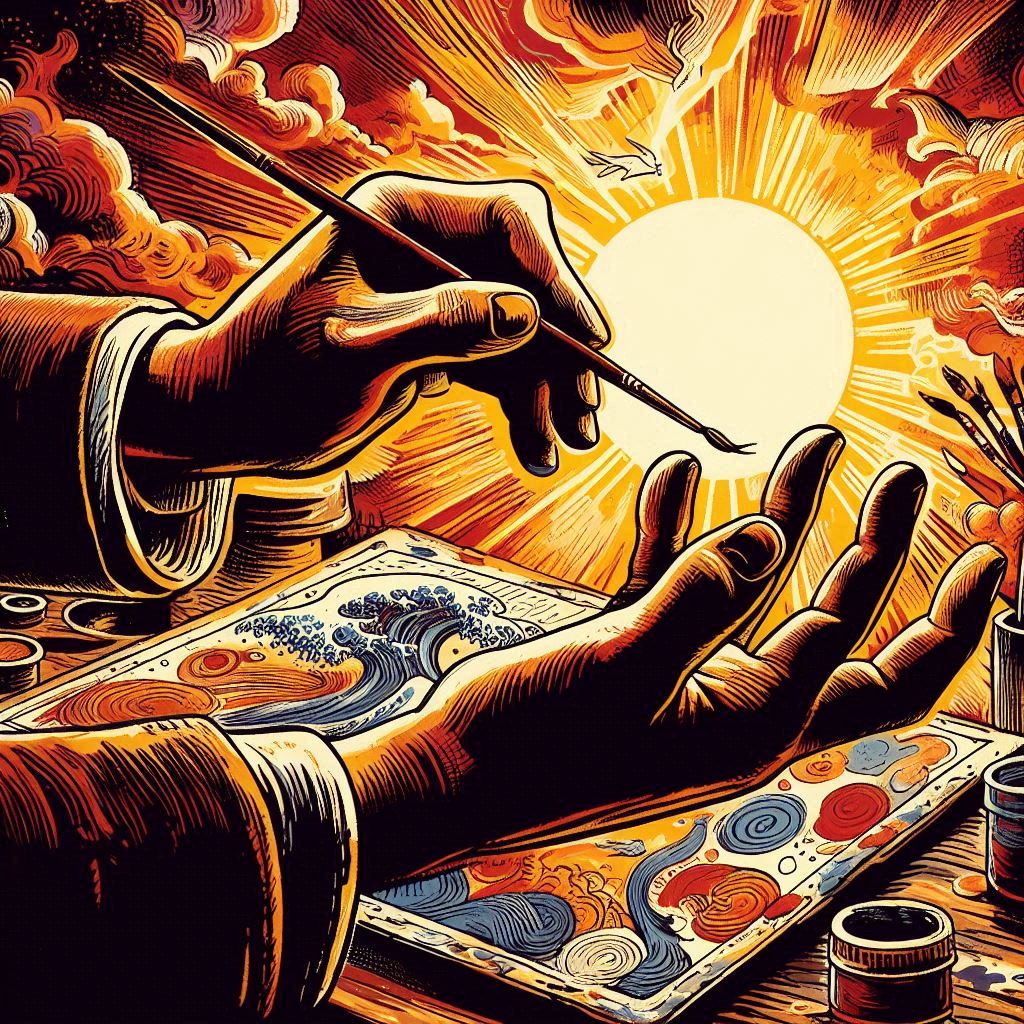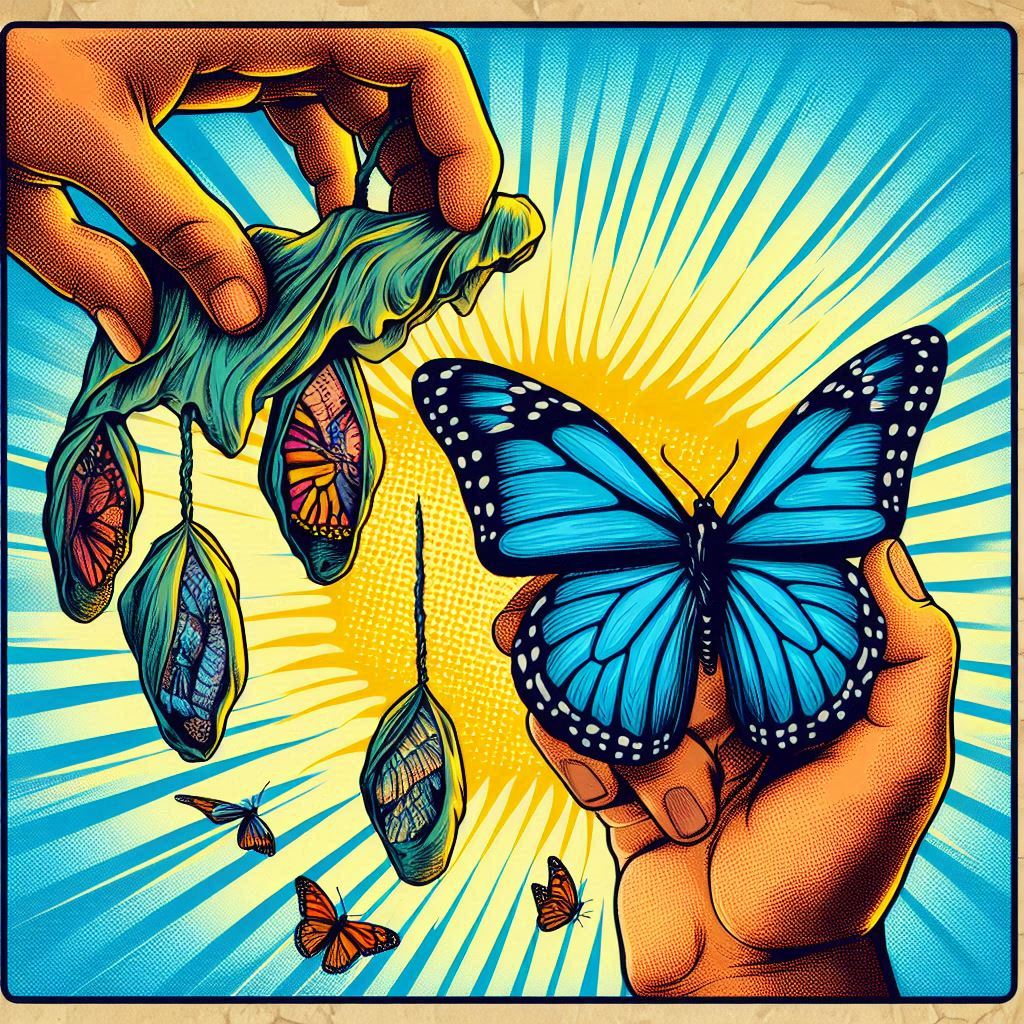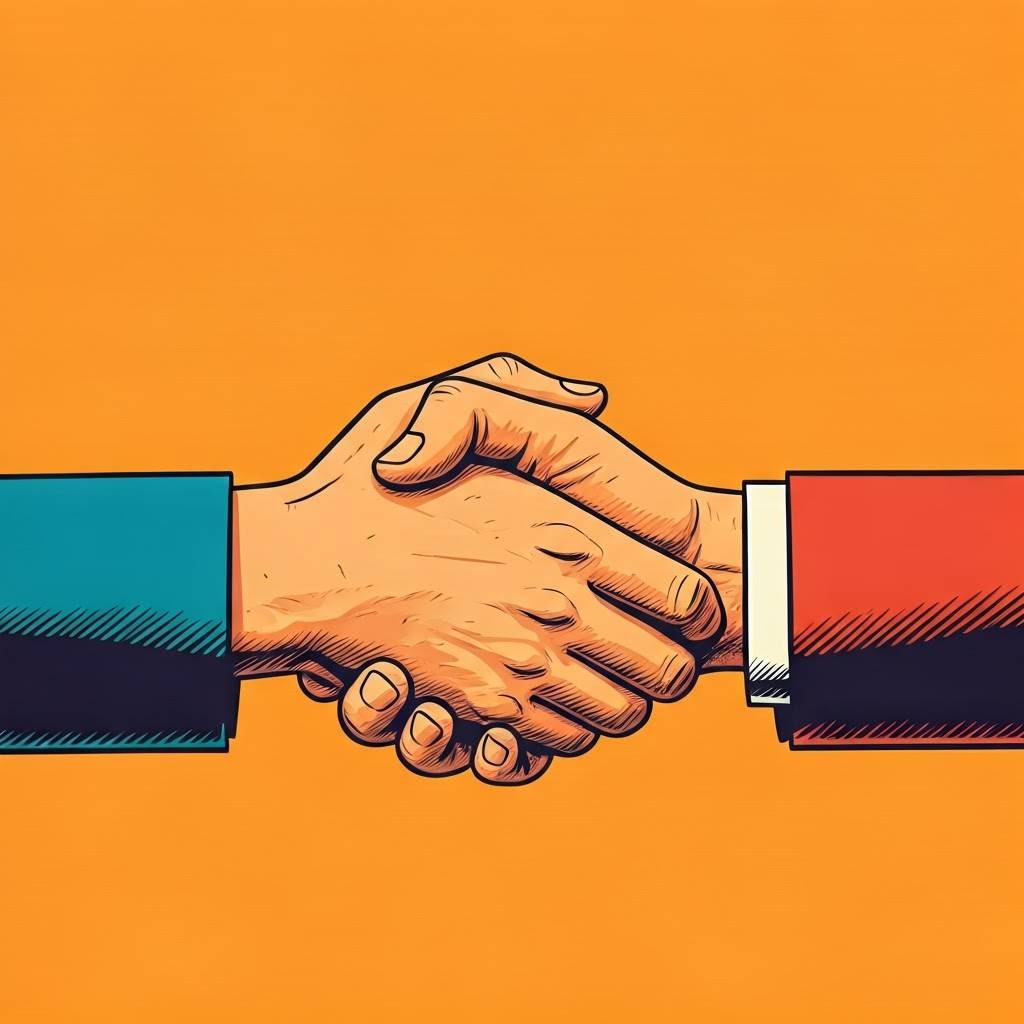Where Traditional Craft Meets Digital Alchemy
Pablo Picasso and Georges Braque laid the groundwork for mixed media art at the time they created their groundbreaking cubist collages in 1912. This versatile art form has grown remarkably over the last several years. Artists now blend multiple artistic mediums into a single piece with amazing results.
Modern mixed media artists have reshaped the scene in remarkable ways. Mark Bradford, Wangechi Mutu, and Mickalene Thomas combine traditional materials with digital elements to create stunning works. Their artistic approach gives them unlimited creative freedom. They work with everything from paints and found objects to digital components.
This piece will take you through the fascinating world of mixed media art. You'll learn about basic techniques and innovative technology integration. We'll show you how to make use of layering and texture. The possibilities are endless when traditional craft meets state-of-the-art digital tools.
Understanding Mixed Media Art in the Digital Age
The digital era continues to blur the lines between artistic mediums. Mixed media art brings together traditional techniques and modern technology, creating amazing new possibilities for artists around the world.
The rise of mixed media expression
Mixed media art grew beyond its 1912 roots throughout the 20th century. Movements like Cubism and Dada shaped its development. Artists create mixed media art by using multiple mediums or techniques. The process goes beyond combining materials—artists layer textures, meanings, and creative approaches.
Many great artists followed Picasso and Braque's original experiments. Henri Matisse, Joseph Cornell, Jean Dubuffet, and Ellsworth Kelly embraced mixed media. They pushed boundaries and helped make it more popular [1]. Their experimental approach led to new innovations like installations in the late 20th century.
Mixed media art shows up in several main forms:
⦁ Collage: Artists attach various materials (paper, cardboard, newspaper) to a flat surface ⦁ [1]
⦁ Assemblage: Like collage but uses 3D objects to tell a story ⦁ [1]
⦁ Sculpture: Artists combine various materials to create mixed media pieces ⦁ [1]
Mixed media's appeal comes from its lack of formal rules or boundaries. The Tate puts it well: "Essentially art can be made of anything or any combination of things" [1]. Artists can express themselves in countless ways. Their imagination sets the only limits.
Digital tools changed traditional techniques
Digital technology opened new horizons for mixed media. Artists now use digital tools alongside traditional techniques to improve their work rather than replace old methods.
Software like Adobe Photoshop, Procreate, and 3D modeling programs have become as essential as brushes and canvas [2]. These digital platforms give artists new powers—endless brush options, non-destructive layering, and the safety of the "undo" button [3]. A study by the Institute for the Future shows that 85% of jobs in 2030 haven't been created yet, highlighting how important digital skills will become [4].
Artists move smoothly between analog and digital worlds. They create optimized workflows that use the best of both approaches. Some start with traditional sketches or paintings, scan them, then add digital elements. Others begin digitally before adding physical components [5].
Digital transformation brought mixed media:
1. Better precision and control over compositions
2. Risk-free experimentation that doesn't destroy originals
3. Endless customization options while preserving originals
4. Smooth integration of photography, illustration, and digital effects
Digital mixed media helps artists break physical limits. They can add elements through digital manipulation that traditional media alone couldn't achieve—subtle lighting effects, artificial textures, or interactive features [6].
Modern mixed media artists blend physical craft with digital innovation naturally. They work easily in both worlds and know each approach brings unique benefits to their creative process.
Image Source: Toons Mag
Mixed media art blends traditional crafts with digital creativity. Artists need versatile tools to bring their unique vision to life through different mediums.
Essential physical materials and tools
Every mixed media art supplies collection starts with the basics. You'll need smooth paper that can handle wet mediums without warping - perfect for art journaling and trying new techniques. The Pentalic Nature Sketch Multimedia Sketchbook works great with different mediums and lets watercolors blend naturally.
Your color and texture toolkit should include:
⦁ Paints: Acrylic paints (like Pebeo Studio or Golden Artist Colors), watercolors (Sakura Koi or Winsor & Newton Cotman)
⦁ Drawing tools: Permanent pens (Sakura MicroPerm), brush pens, and art pencils
⦁ Adhesives: Gel mediums for heavier objects and Mod Podge for paper collaging
⦁ Texture materials: Scrapbook paper, old book pages, natural items (shells, leaves), metals, and found objects
"Quality watercolor paints do not have to be extremely expensive," notes experienced mixed media artists. Beginners should skip the super cheap paints that can make creating art less enjoyable.
Digital platforms and applications
Digital software adds new dimensions to mixed media art. The options have grown by a lot since 2004, going way beyond MS Paint and Photoshop.
Krita leads the pack as the best free option with its great brush engine and easy-to-use interface. iPad users will find Procreate a great value with its custom brushes and powerful layer features.
Professional artists might like Adobe Photoshop (subscription-based), Clip Studio Paint (one-time purchase), or Rebelle 7 (best for realistic paint effects). Each tool shines in its own way - Photoshop gives you flexibility, while Rebelle creates authentic watercolor effects that follow real physics.
Creating your hybrid workspace
A good creative space should let you switch between physical and digital work naturally. Set up a dedicated area where you can keep your art supplies available and organized. Pegboards and shelves help save space by storing things vertically.
Good ergonomics matter - studies show people at "ergonomically optimized workstations" have fewer body aches and pains. Natural light works best, especially for detailed work, and makes "the world of difference."
Your hybrid workspace needs both tech for digital art and space for traditional materials. Smart storage keeps your works-in-progress organized and your space inspiring instead of messy. Art from you or artists you admire on the walls can keep your creativity flowing.
Image Source: Visual Arts Passage
The magic of mixed media art happens when different techniques blend to create something bigger than their individual parts. This alchemy creates visual experiences that exceed single mediums and turns simple materials into multi-dimensional masterpieces.
Texture and dimension: Beyond flat surfaces
The life-blood of engaging mixed media art lies in strategic layering that breaks free from flat compositions. Artists build dimension through underpainting, which forms the base layer and sets the tone for what comes next. Natural earth tones in the underpainting create an organic foundation where visual elements can grow and develop in botanical pieces.
Depth emerges even before primary subjects appear through background texture. Materials like modeling paste and gel medium work among paints to create raised areas that catch light differently on the canvas. Viewers can experience art beyond visual perception through this tactile approach that introduces physical dimension.
Maria Grossbaum-Fondler, an artist, explains, "I combine different materials in order to overcome the challenge of achieving harmony and unity in my work. Some of my paintings are highly textured and have imbedded objects."
Digital manipulation of physical elements
New creative possibilities emerge when traditional artwork enters digital realms. Artists photograph or scan their physical pieces to continue development digitally. Tools like Warp/Liquify help improve composition and visual effect by adjusting or chopping up drawings.
Digital software shines at unifying color and value ranges. Artists can set dominant color temperatures early and still pull lights and darks out later. This hybrid approach uses the best aspects of both worlds—the organic feel of handmade art blends with digital precision.
Creating seamless transitions between mediums
Cohesion in a variety of materials needs careful attention to transitions. Visual flow comes from smooth color gradations, which work better when artists layer one color at a time instead of trying to blend multiple colors at once.
To name just one example, see these techniques for integrated digital and physical elements:
⦁ Natural, torn edges work better than straight cuts when combining elements
⦁ Images and text should partially cover background elements through overlapping techniques
⦁ Color palettes should stay consistent across physical and digital components
The final balance depends heavily on element arrangement. Creating harmony that guides viewers through your mixed media piece matters more than perfect technique when blending different materials. One artist puts it simply: "There are no rules, only guidelines, so give yourself permission to play and experiment."
Image Source: Medium
Mixed media collage art tells a story. Each piece creates a personal dialog between artist and audience that transforms ordinary materials into powerful narratives.
Personal narrative techniques
Artists carry unique stories that need to be shared. Our artistic works go beyond collections of pretty pictures. They represent deep explorations of our creative being. Mixed media art naturally brings out personal narratives as we combine elements that strike a chord with our experiences.
"When creating your Mixed Media Art, ask yourself what story you want to tell," advises experienced collage artists. This story might be "deep and intense or playful, fun and whimsical" [7]. Authenticity makes all the difference. Artists should pursue projects inspired by passion that connect to their personal experience.
Symbolic imagery and visual metaphors
Visual metaphors build the foundation of compelling mixed media collage art. These symbols help artists "express the inexpressible" [8]. Complex ideas flow through the language of imagery. Artists create multi-layered narratives that welcome deeper interpretation by adding symbolic elements strategically.
Artists can tell symbolic stories through:
⦁ Intentional collaging: Select images, text, and elements that represent broader symbolic concepts
⦁ Strategic layering: The layers work as "a metaphor for the layering of the soul" ⦁ [8]
⦁ Color symbolism: Colors evoke specific emotions (red for passion, blue for calm)
Sequential art and visual journaling
Visual journaling offers an available path to mixed media storytelling. Artists find creative freedom while capturing meaningful moments. Dynamic compositions emerge from magazine clippings, stamps, markers, pens and various cutting tools [9].
"Visual journaling helps create this habit," note professionals who suggest 10 minutes of daily artistic expression [10]. Sequential art in mixed media lets artists develop compelling narratives across multiple panels or pages.
Interactive elements that involve viewers
Innovative mixed media art draws viewers in through multiple senses. Some pieces feature tactile textures for physical interaction. Moving elements or light features appeal to sight and touch [11].
Artists add simple interactive elements by creating paper slits for movement or adding "strips of slit cut paper" to hide elements [12]. These playful touches turn passive viewing into active experiences. The connection between audience and artwork grows stronger.
Building Community Around Your Mixed Media Art
Mixed media art often starts as a solo journey, but its magic truly shines when artists share their work with others. Building relationships and meeting people will become the most significant part of your artistic journey, whatever your goals - becoming a full-time artist or sharing your creative passion.
Sharing work across platforms
Your online presence grows best when you share your mixed media art on multiple platforms. Artists should focus on:
⦁ Social media platforms like Instagram, TikTok, and Pinterest with trending hashtags in your niche
⦁ Portfolio sites such as Dribbble and Behance that link you to the broader art community
⦁ Newsletters that keep direct communication with your audience
⦁ Specialized forums like Delphi Mixed Media Art and WetCanvas Mixed Media
Note that engagement matters more than follower numbers. "The key to gaining this bought-in audience is making frequent posts that are true to yourself and your work" [13]. Your authentic sharing will appeal more deeply than perfect technique.
Collaborative mixed media projects
Magic happens when artists pool their talents in collaborative art. Toothpick sculptures, paint-bouncing installations, or shared canvases let artists blend their strengths into something bigger than solo work [14].
Online collaborations have become more available. To cite an instance, the "Art of Giving" event raised $200,000 by matching children with artists to create shared pieces sponsored by local businesses [15]. Simple collaborations like taking turns on a painting can spark creative flow—another artist takes over when one feels stuck, adding elements that re-inspire the original creator [16].
Learning from mixed media communities
Your artistic growth speeds up when you join specialized mixed media communities. Facebook groups created for creative souls offer spaces "to inspire each other and share our love for mixed media art" [17]. These groups provide safe environments where artists ask questions and connect with like-minded creators.
Beyond online spaces, artist lectures at museums and galleries or artist organizations introduce opportunities you might miss otherwise. Mixed-Media Artist Networking Events bring creators of all types together—writers, painters, sculptors, designers, and musicians—offering valuable outside views on your work [18].
Building community doesn't mean changing who you are - it's about genuine connections with people who value your creative vision. These relationships multiply your artistic growth and potential audience.

Pushing Boundaries: Experimental Approaches to Mixed Media

Image Source: Magineu
Mixed media art keeps breaking new ground as artists redefine the limits of traditional methods. Modern innovators blend classic techniques with state-of-the-art technology and green awareness to create groundbreaking experiences.
Immersive and installation mixed media
Mixed media installations reshape spaces into all-encompassing environments that spark multiple senses at once. These pieces go beyond typical gallery displays. Viewers must step into and interact with the artwork [19]. The line between observer and art blurs through site-specific designs that create deep connections.
Places like Meow Wolf feature over 70 unique installations with hidden passages and interactive elements [19]. Lauren Marie Dake's immersive mixed-media works show "time travel through the softness of memory and altered views" [20]. Artists blend sculpture, video, sound, and light to weave rich, multi-layered stories.
Augmented reality integration
AR technology has unlocked new possibilities for mixed media art by combining physical works with digital elements. Artists can now add meaning and interaction that exceed physical limits. Ines Alpha creates magical and fantastic versions of reality with 3D software and augmented reality, free from physical constraints [21].
Artists like Ida Kvetny craft digital versions of traditional paint and clay works through VR, AR, and AI [21]. Their virtual worlds and augmented sculptures appear in exhibitions worldwide, leading the fusion of physical and digital art.
Sustainable and eco-conscious mixed media practices
Green awareness has sparked a major shift in the mixed media art community. Artists now focus on reducing environmental impact through eco-friendly materials while raising awareness about environmental issues [22].
Key green approaches include:
⦁ Transforming recycled and upcycled materials into key elements with unique stories and textures ⦁ [1]
⦁ Using natural and biodegradable materials like plant-based dyes and organic canvases ⦁ [22]
⦁ Creating solar-powered installations that run on renewable energy ⦁ [22]
Green art practices extend to studio work through energy-efficient lighting, water conservation, and proper waste management [1]. One artist states, "Sustainability in art is not just about the materials and practices we adopt but also about encouraging a mindset of stewardship and respect for our planet" [1].
Conclusion
Mixed media art proves creative freedom by combining traditional craftsmanship with innovation. Artists blend a variety of materials and techniques to tell compelling stories that appeal to audiences worldwide.
Your first steps into mixed media might seem daunting. Note that trying new things is essential - you can work with physical materials, digital tools, or both. Every piece you create enriches your artistic vocabulary and helps you understand this versatile medium better.
New technologies and eco-friendly practices make the mixed media art future exciting. Artists challenge themselves through immersive installations, augmented reality, and sustainable approaches. They maintain the core principles that started this movement a century ago.
Mixed media art runs on personal expression and authentic storytelling. Your unique viewpoint and creative choices matter more than perfection. Build your artistic voice, connect with other artists and become part of the growing mixed media community.
FAQs
Q1. How can I begin my journey into mixed media art? Start by gathering a variety of materials that inspire you, such as paints, drawing tools, papers, and found objects. Experiment with different techniques, like layering paint and collage elements, to create unique compositions. Don't be afraid to mix traditional and digital methods. Remember, there are no strict rules in mixed media art, so let your creativity guide you.
Q2. What are some common techniques used in mixed media art? Mixed media art encompasses various techniques, including collage, assemblage, painting, digital manipulation, and sculpture. Artists often layer different materials, combine wet and dry media, incorporate found objects, and use digital tools to enhance traditional artwork. The key is to experiment and find combinations that express your artistic vision.
Q3. How can I incorporate digital elements into my mixed media artwork? You can integrate digital elements by scanning traditional artwork and enhancing it with software like Photoshop or Procreate. Consider adding digital textures, manipulating photos, or creating entirely digital components to combine with physical materials. Many artists also explore augmented reality to add interactive layers to their mixed media pieces.
Q4. What role does storytelling play in mixed media art? Storytelling is central to mixed media art. Artists use symbolic imagery, personal narratives, and visual metaphors to convey complex ideas and emotions. By combining different elements and mediums, you can create multi-layered narratives that invite viewers to engage deeply with your work and interpret its meaning.
Q5. How can I make my mixed media art more sustainable? To create eco-friendly mixed media art, focus on using recycled or upcycled materials, such as discarded paper, fabric scraps, or found objects. Explore natural and biodegradable mediums like plant-based dyes and organic canvases. Additionally, adopt sustainable studio practices by using energy-efficient lighting, minimizing water usage, and responsibly disposing of waste materials.

